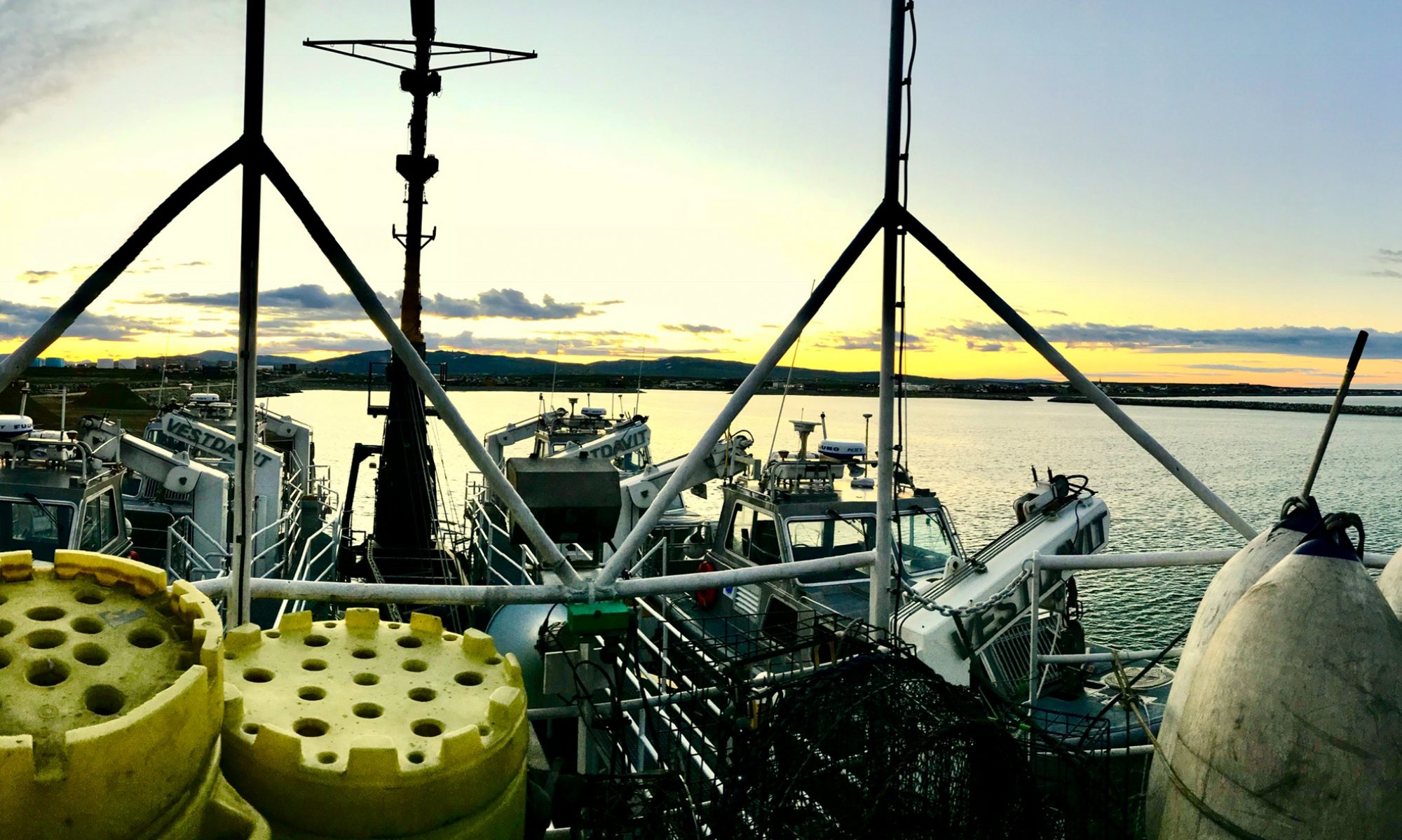NOAA Teacher at Sea
Jennifer Fry
Onboard NOAA Ship Miller Freeman (tracker)
July 14 – 29, 2009
Mission: 2009 United States/Canada Pacific Hake Acoustic Survey
Geographical area of cruise: North Pacific Ocean from Monterey, CA to British Columbia, CA.
Date: July 16, 2009

Weather Data from the Bridge
Wind speed: 20 knots
Wind direction: 358°from the north
Visibility: foggy
Temperature: 15.2°C (dry bulb); 13.4°C (wet bulb)
Science and Technology Log
We conducted several sea trawls for hake and other various fish species. First, the scientists conduct an acoustic survey using 4 different frequencies. Then the nets are lowered and drug at depth. The fun begins when we don our rubber overalls, gloves, and galoshes and count, identify and, weigh the fish. The most numerous fish in the trawls were myctophids (see photo), bioluminescent fish with some species having 2 headlights in front of their eyes to help attract prey.

HAB/ Harmful Algal Blooms Test: Throughout the day we took HAB samples, “harmful algae blooms”, which measures the toxins, domoic acid, and chlorophyll levels in the water (which correspond to the amount of plankton present). The HAB sample entails collecting sea water and putting it through a filtering process. Julia Clemons, a NOAA Oceanographer, and I conducted the HAB survey (pictured below). Fifty milliliters of sea water is measured into a graduated cylinder then filtered.

Sea water is collected at specific times during each transect or line of study. The sea water goes through a filtering process testing domoic acid and chlorophyll levels. These results will be evaluated later in the lab. One thing that strikes me is the importance of careful and accurate measurement in the lab setting. The harmful algal bloom samples are conducted 5-6 times daily and accuracy is essential for precise and definitive results. Later scientists will review and evaluate the data that was collected in the field. It is very important that the scientists use the same measurements and tools so that each experiment is done the same way. Making accurate data collection makes for accurate scientific results.
Animals Seen Today
Numerous albatross circling the stern of the ship, Viper fish, Octopi (approx. 6 inches in length), Squid (approx. 3 inches in length), and Myctophidae (see photo).



